₵160.00 Original price was: ₵160.00.₵135.00Current price is: ₵135.00.
15 in stock
Most popular open source microcontroller for fast prototyping.
Categories: Microcontrollers
Description
Features and Benefits of Arduino Uno:
Extensive Input/Output (I/O) Options – the Arduino Uno has a diverse range of digital and analogue I/O pins that allow seamless interaction with various sensors, actuators, and external components. With 14 digital I/O pins (of which 6 can be used as PWM outputs) and 6 analogue inputs, the board provides ample flexibility to accommodate numerous peripherals.
User-Friendly Development Environment – the integrated development environment (IDE) simplifies the programming process and offers a user-friendly interface, allowing developers to write, compile, and upload code effortlessly
Broad Language Support – the Arduino programming language, based on Wiring, is beginner-friendly and enables rapid prototyping. Additionally, Arduino Uno supports numerous libraries, expanding its functionality and enabling developers to tap into a vast pool of resources.
Expansive Community – include passionate hobbyists, and professionals who actively contribute to the platform to share a wealth of knowledge, tutorials, and code examples, making it easier for users to learn, troubleshoot, and collaborate on projects.
Versatility – can cater to a broad spectrum of projects, from simple home automation systems and robotics to complex data logging and IoT applications
Accessibility – Arduino Uno’s beginner-friendly nature makes it accessible to users of all skill levels
Rapid Prototyping – with its simplified programming environment, vast library support, and plug-and-play capabilities, Arduino Uno facilitates rapid prototyping
What else is on-board?
14 x digital I/O pins (6 can be used as PWM outputs)
6 x Analogue inputs
16MHz quartz crystal
1 x USB
1 x power jack
1 x ICSP header
1 x reset button
FLASH memory: 32 KB
SRAM: 2 K
EEPROM: 1 K
Size: 68.6 x 53.4 mm
Users of Arduino Uno:
Hobbyists – an ideal platform for experimenting, creating interactive projects
Students and Educators – used in educational institutions to teach programming, electronics, and robotics. Its simplicity and educational resources make it an effective tool for students to learn essential STEM concepts while fostering creativity and problem-solving skills.
Professional Developers – for rapid prototyping, proof-of-concept development, and creating custom embedded systems
What is Arduino?
Arduino is an open-source electronics platform consisting of hardware and software. Every aspect is designed to be straightforward so you can learn to code or design a project, quickly and easily. It’s designed for students, programmers, designers, hobbyists and tinkerers.
The Arduino open-source software (IDE) is there to help too. It makes is much easier to write code and transfer it to your board.How simple is the Arduino Uno to use?
Very. The board contains everything it needs to support the ATmega328P MCU. Just connect it to PC via USB cable or connect it to an AC-to-DC battery.
The Arduino Software (IDE) is there to help but the UNO is a sturdy board. You can tinker to your heart’s content without having to worry too much about breaking it. And, if something does go wrong, you can always replace the chip.
There is also a community surrounding Arduino which is there with lots of support. So, if you’re ever stuck, just reach out for help. There is also tonnes of resource to help inspire you with your next project. https://www.arduino.cc/
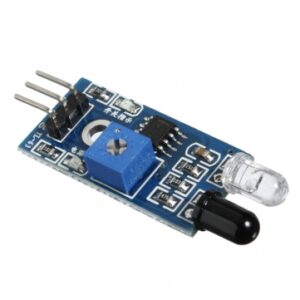
Sensors and Modules
₵22.00 Original price was: ₵22.00.₵14.00Current price is: ₵14.00.
47 in stock
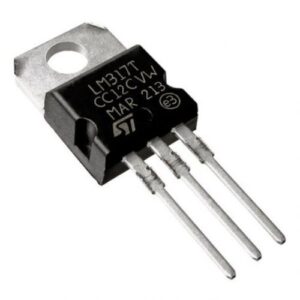
Sensors and Modules
₵2.50 Original price was: ₵2.50.₵2.00Current price is: ₵2.00.
12 in stock
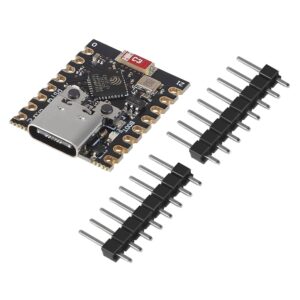
Sensors and Modules
₵60.00 Original price was: ₵60.00.₵48.00Current price is: ₵48.00.
1 in stock
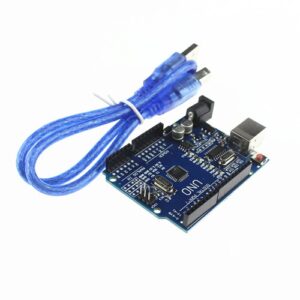
Sensors and Modules
₵135.00 Original price was: ₵135.00.₵101.00Current price is: ₵101.00.
Out of stock
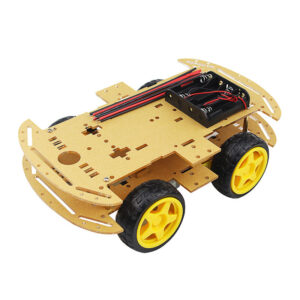
Sensors and Modules
₵165.00 Original price was: ₵165.00.₵135.00Current price is: ₵135.00.
8 in stock
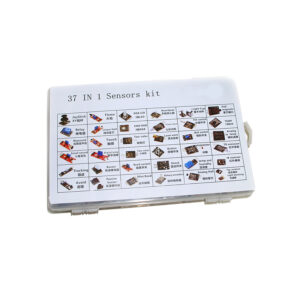
Sensors and Modules
₵320.00 Original price was: ₵320.00.₵245.00Current price is: ₵245.00.
Out of stock
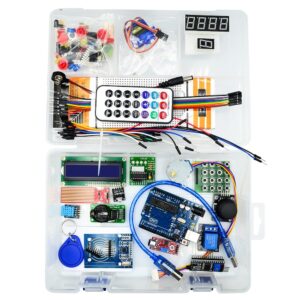
Sensors and Modules
₵500.00 Original price was: ₵500.00.₵435.00Current price is: ₵435.00.
66 in stock
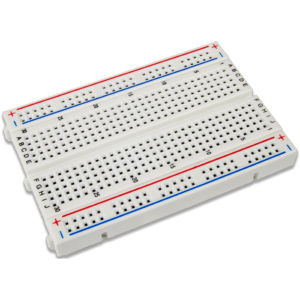
Sensors and Modules
₵16.00 Original price was: ₵16.00.₵13.00Current price is: ₵13.00.
14 in stock

Sensors and Modules
₵1,700.00 Original price was: ₵1,700.00.₵1,600.00Current price is: ₵1,600.00.

Sensors and Modules
₵95.00 Original price was: ₵95.00.₵75.00Current price is: ₵75.00.
10 in stock

Sensors and Modules
₵85.00 Original price was: ₵85.00.₵67.00Current price is: ₵67.00.
4 in stock

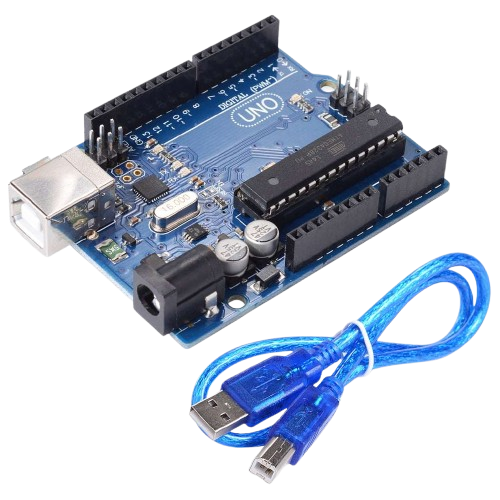

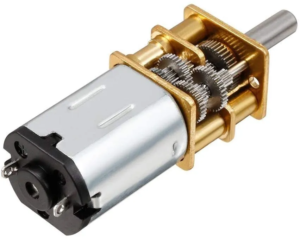
Reviews
There are no reviews yet.